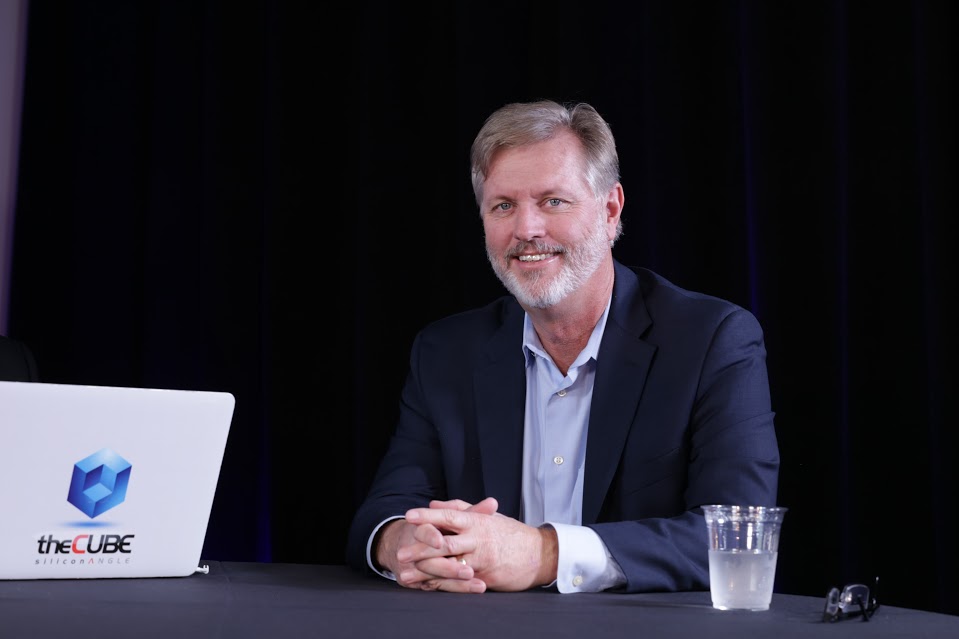 BIG DATA
BIG DATA
 BIG DATA
BIG DATA
 BIG DATA
BIG DATA
With more than 100 years of experience in making industrial products, it only seems natural that Hitachi Ltd. would seek to leverage its market presence by embracing the next wave of industrial innovation: “internet of things.” Lately, the company has been making several moves to step aggressively into the internet of things realm, starting with the formation of Hitachi Vantara. The newly announced subsidiary marries analytics arm Pentaho with the Hitachi Insight Group (big data software) and the data center infrastructure group at Hitachi Data Systems. And a new feature from the combined technology expertise is the “asset avatar.”
“Companies are transforming into new business models and doing things significantly different to grow into the future. IoT is an enabler of that,” said Chuck Yarbrough (pictured), vice president of Pentaho solutions marketing and management at Pentaho, A Hitachi Group Company.
Yarbrough paid a visit to theCUBE, SiliconANGLE’s mobile livestreaming studio, and spoke with co-hosts John Furrier (@furrier) and James Kobielus (@jameskobielus) during the BigData NYC event in New York City. They discussed reasons behind the formation of the subsidiary, a new internet of things platform and the importance of focusing on business outcomes in the industrial technology space. (* Disclosure below.)
The formation of Hitachi Vantara was followed by the news that it would partner with telecommunications giant British Telecommunications to develop enterprise and industrial-based internet of things products.
“Industrial IoT is where I see the biggest value today,” Yarbrough said.
Hitachi’s moves follow another series of announcements that involved the next generation of the Lumada internet of things platform, commercial software for internet of things developers. One of the advancements included now in the platform are asset avatars, digital representations of physical items that contain metadata that can be channeled into analytic modeling. It’s Hitachi’s own version of the digital twin.
“Think of [the platform] as a big data center refinery,” explained Yarbrough, where companies can take large amounts of internet of things data and apply machine learning and deep algorithms.
In December, Hitachi declared its intention to triple its Australian internet of things revenues by 2020. The company’s latest moves appear to be an effort to channel its in-house capabilities toward realizing that goal and perhaps more.
“People that are implementing technology for technology’s sake are going to lose,” Yarbrough said. “People that are focused on the outcomes are going to win.”
Watch the complete video interview below, and be sure to check out more of SiliconANGLE’s and theCUBE’s coverage of BigData NYC 2017. (* Disclosure: Pentaho sponsored this segment of theCUBE. Neither Pentaho nor other sponsors have editorial control over content on theCUBE or SiliconANGLE.)
Support our mission to keep content open and free by engaging with theCUBE community. Join theCUBE’s Alumni Trust Network, where technology leaders connect, share intelligence and create opportunities.
Founded by tech visionaries John Furrier and Dave Vellante, SiliconANGLE Media has built a dynamic ecosystem of industry-leading digital media brands that reach 15+ million elite tech professionals. Our new proprietary theCUBE AI Video Cloud is breaking ground in audience interaction, leveraging theCUBEai.com neural network to help technology companies make data-driven decisions and stay at the forefront of industry conversations.